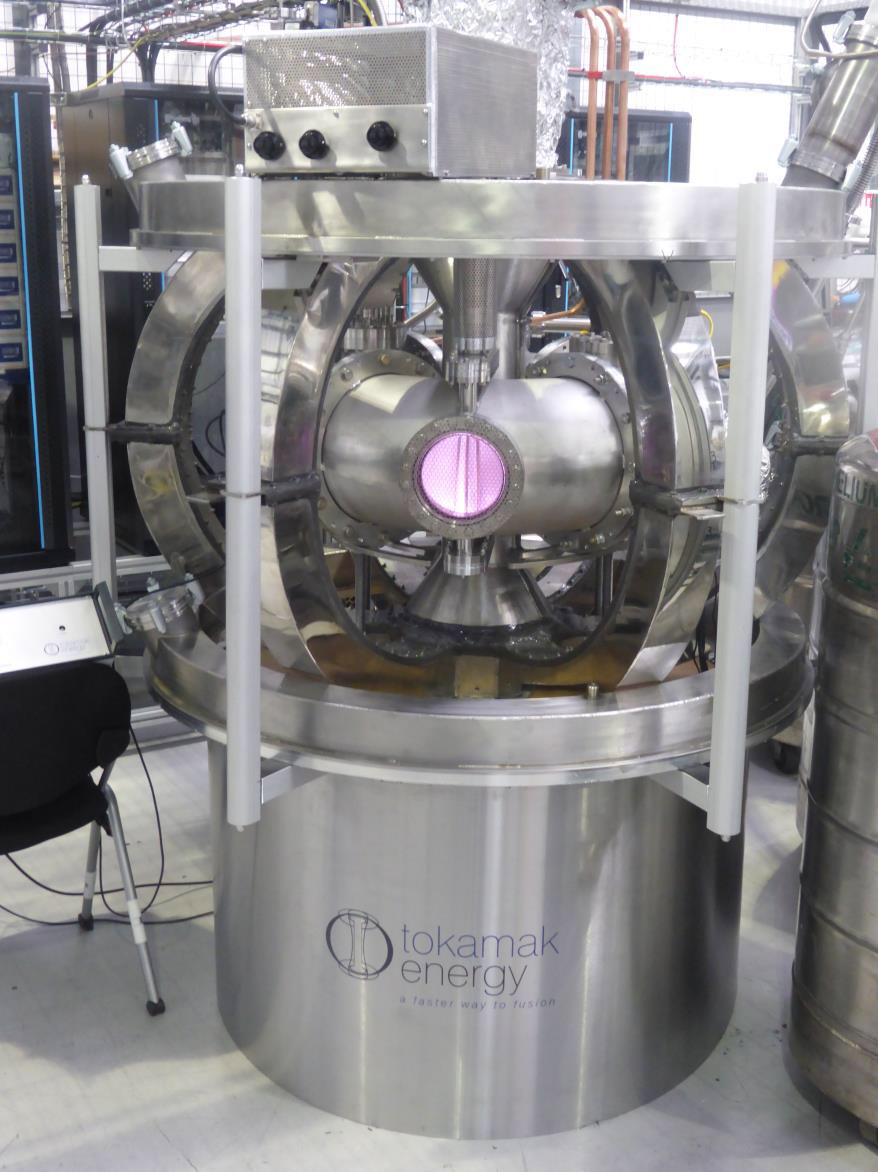The role of digital insight in a safer nuclear industry
The impact of COVID-19 has placed a sharp focus on not only the importance of keeping key personnel safe but also how to better manage risk with fewer resources on site, writes Ola Bäckström, a product manager for risk at Lloyd’s Register, for Power magazine.
One unexpected result is the acceleration of interest in digitization initiatives. Ten years of digital innovation since the Fukushima accident in March 2011 have brought new ways of modeling and managing risk, and new solutions have been brought to market that are allowing for the safe operation of nuclear power plants.
The digitalization of plant designs is one area of risk assessment that can now be completed automatically. The latest technologies consider more than just schematics and equations, much to the benefit of this new era of nuclear. For instance, digital data combined with international best practices, site-specific data, and an engineer’s own experience can provide a deeper level of insight and analysis than ever before—and faster. Bäckström adds that not just new projects but aging assets can also benefit from digitalization. As more data are input, risk managers can run more accurate simulations and better model existing plants.







 Five former chairmen of the U.S. Nuclear Regulatory Commission—Stephen Burns, Allison Macfarlane, Nils Diaz, Richard Meserve, and Dale Klein—
Five former chairmen of the U.S. Nuclear Regulatory Commission—Stephen Burns, Allison Macfarlane, Nils Diaz, Richard Meserve, and Dale Klein—


